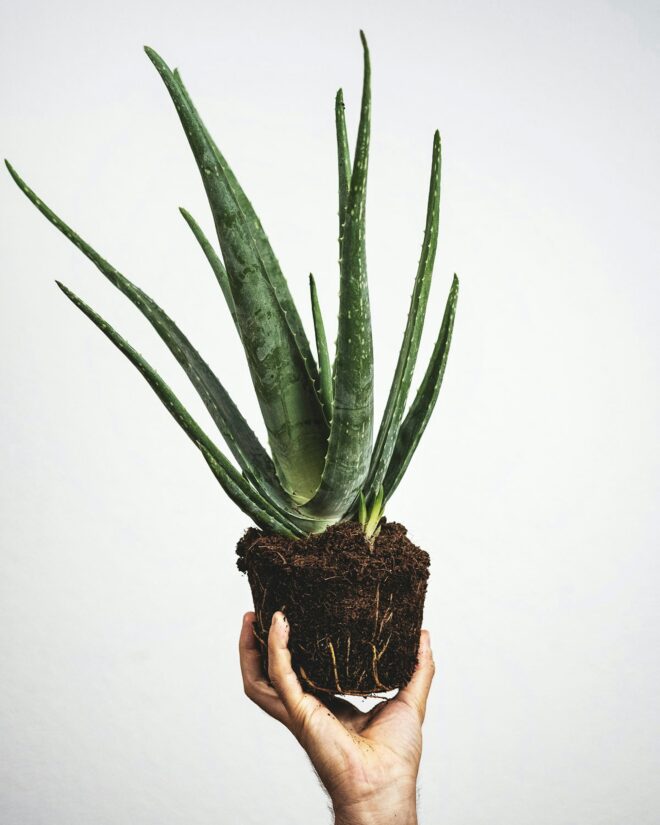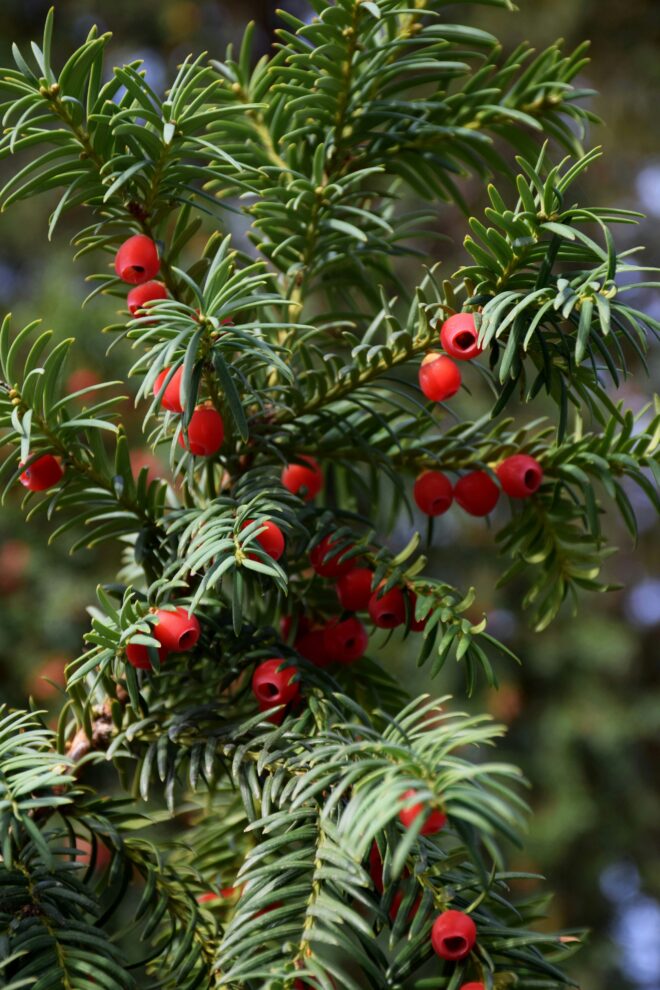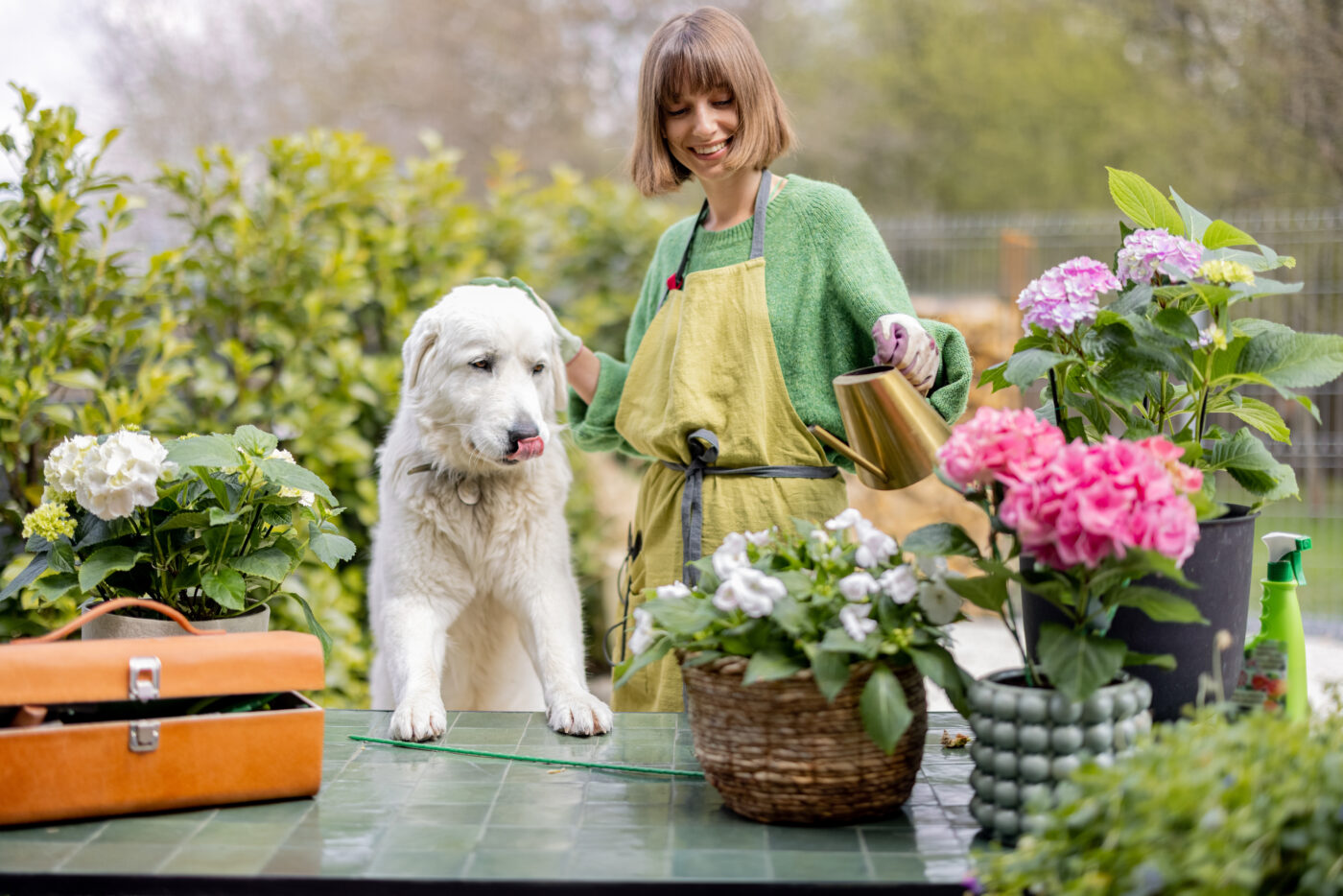These are poisonous plants for dogs, which you should not put on the tables in the apartment or in the garden.
Some plants that are poisonous to dogs are found in many homes and gardens, and the owners often do not even realize that this greenery is harming their dogs. canine pets. As responsible pet owners, we are obliged to ensure their safety and well-being. While plants can beautify your home or garden, some common varieties can be harmful to your furry friend's health when ingested.
Aloe vera
Known for its soothing gel, aloe vera contains saponins and anthraquinones. Although these compounds are beneficial to humans, they can cause gastrointestinal upset in dogs, resulting in symptoms such as vomiting, diarrhea and abdominal pain.

Golden potos
The golden pothos plant contains insoluble calcium oxalate crystals. If chewed or ingested by dogs, these crystals can cause mouth irritation, excessive salivation, difficulty swallowing, and vomiting.
Cicada palm tree
Sago palms contain cycasin, a toxic compound that affects the liver and neurological system. Ingestion of any part of the plant, including the seeds, can cause vomiting, diarrhea and even liver failure, which can lead to death.

Azaleas
Azaleas contain sivotoxins that can cause symptoms ranging from mild digestive upset to severe cardiovascular and neurological problems. Ingestion of even small amounts of azalea leaves, flowers, or stems can cause drooling, vomiting, diarrhea, weakness, and collapse in dogs.
Tulips
Tulips are among the poisonous plants for dogs. Tulips contain toxic compounds called tulipalin A and B, which are concentrated in the bulbs. Ingestion of tulip bulbs or other plant parts can cause gastrointestinal irritation, drooling, nausea and other digestive problems in dogs.

Citrus fruits
Citrus fruits contain essential oils and psoralens, which can be toxic to dogs if consumed in large quantities. While citrus flesh is generally safe for dogs, ingesting the stems, leaves, seeds or peels can cause digestive upset, including vomiting and diarrhea.
Oleander
Oleander contains cardiac glycosides that affect the heart. Symptoms after ingestion include abnormal heart rate, salivation, vomiting, diarrhea, weakness, tremors, seizures, and even death.

Lily of the valley
Lily of the valley contains cardiac glycosides similar to those found in oleander. Ingestion of this plant can cause symptoms such as vomiting, diarrhea and cardiac arrhythmias in dogs.
Yew tree
Yew contains toxic alkaloids called taxine, which affect the heart and nervous system. Ingestion of any part of the yew plant, including berries and seeds, can cause symptoms such as vomiting, diarrhea, tremors, seizures and respiratory distress in dogs.

Hibiscus
Hibiscus is also classified as a poisonous plant. Although hibiscus is not highly toxic, ingestion can cause indigestion in dogs due to the fiber content of the plant.






